Imgoseowon Confucian Academy (임고서원)
0m 30993 2024-02-23
447 Poeun-ro, Imgo-myeon, Yeongcheon-si, Gyeongsangbuk-do
Imgoseowon Confucian Academy, established in 1553, was built to commemorate the esteemed Goryeo statesman Jeong Mongju. Visitors can explore Munchungsa Shrine, the sanctuary of his ancestral tablet, and Jonyeonggak Pavilion, where his portrait is displayed. Heungmundang Hall, historically used as a lecture hall, is also a significant site within the academy. Among the treasured relics, the academy holds three portraits of Jeong Mongju and a collection of over 200 books. A highlight is the Books of Imgoseowon Confucian Academy, an esteemed compilation of twenty-five volumes across ten categories, recognized as a national Treasure. Furthermore, the grounds are graced by a revered ginkgo tree, recognized as a monument, and the Stele of Jeong Mongju, each adding to the rich cultural tapestry of the site.
Yeongcheon Dam (영천댐)
6.3 Km 26208 2024-02-22
1792 Poeun-ro, Jayang-myeon, Yeongcheon-si, Gyeongsangbuk-do
Yeongcheon Dam is a multipurpose dam located in the middle and lower reaches of the Geumhogang River basin, and below it lies the Yeongcheon Dam Downstream Park. Within the park, there are campgrounds equipped with water facilities and showers, a children's water playground open in the summer, artificial waterfalls, sports fields, and plazas. Surrounding the dam, the Youngcheon Dam Cherry Beotkkotbaek-ri, a famous drive course, is renowned, with numerous café and restaurants scattered along the route.
CheongKwanJang - Yeongcheon Branch [Tax Refund Shop] (정관장 영천)
6.9 Km 0 2024-04-22
6, Wansan-ro, Yeongcheon-si, Gyeongsangbuk-do
-
E-Mart - Yeongcheon Branch [Tax Refund Shop] (이마트 영천)
8.6 Km 0 2024-04-22
83, Choemuseon-ro, Yeongcheon-si, Gyeongsangbuk-do
-
The Gwiae Traditional House [Korea Quality] / 귀애고택 [한국관광 품질인증]
9.9 Km 7568 2020-09-08
37-17, Gwiho 1-gil, Hwanam-myeon, Yeongcheon-si, Gyeongsangbuk-do
+82-54-331-8043
The Gwiae Traditional House is a 200-year-old aristocrat’s residence consisting of various hanok structures, a pavilion, a pond, and a shrine set amid its expansive grounds. Located in Yeongcheon Byeolbyeol Misulmaul (Star Art Village) where modern artworks can be seen here and there, the house too is surrounded by various artworks as well as the beautiful natural environment of Yeongcheon, including Bohyeonsan Mountain, Palgongsan Mountain, Unjuhan Recreational Forest, and Saryongsan Mountain. Thanks to the Art Village project, the village has acquired a distinguished charm all its own by combining the antique beauty of traditional houses with modern art and public design. The village is full of attractions as well as traditional structures, including Pungyeongjeong Pavilion, which was built to commemorate the life of Gwon Eung-do, an eminent Confucian scholar of Joseon, and the Cian Art Museum, which established in a closed-down school and has three exhibition rooms, an outdoor sculpture park, and an art shop.
Belonging to the descendants of Jo Geuk-seung (1803∼1877), a Confucian scholar of the late Joseon period, the Gwiae Traditional House comprises a sarangchae (detached building), an anchae (women’s quarters), a daemunchae (building next to the gate), and Gwiaejeong Pavilion (Gyeongbuk Provincial Cultural Heritage No. 339), which has double-layered eaves and a half-hipped roof, and measures four kan (a unit of measurement referring to the distance between two columns) at the front and three kan at the sides. There is also a hexagonal pavilion connected with a bridge and a lotus pond. The house also has four installation artworks such as a sculpture of a child and a puppy getting stars, and a turtle sculpture with Lee Geum-hong’s calligraphy.
Opened as a hanok stay in 2013, the house has 8 guestrooms and offers a variety of traditional games such as Tuho (Arrow-throwing), Neolttwigi (Korean see-saw game), and Jegichagi (Korean shuttlecock game) in the courtyard.
Sail Spa Land (사일온천)
10.3 Km 19023 2019-09-26
458-64, Sail-ro, Yeongcheon-si, Gyeongsangbuk-do
+82-54-332-4141
Sail Spa Land is uniquely located at the top of a mountain. Sail Spa Land offers top-ranking hot spring water, and also has a whirlpool-equipped hotel-style family pool, the first of its kind in Korea, and an open-air bath about 330 square meters that is directly connected to a public bath.
Dolhalame Wishing Stone (Yeongcheon) (돌할매(영천))
10.7 Km 32873 2024-02-23
417 Gwan-ri, Bugan-myeon, Yeongcheon-si, Gyeongsangbuk-do
Dolhalmae Wishing Stone, held in high esteem by locals for centuries, is believed to possess fortune-telling properties. Legend has it that if one attempts to lift the stone with both hands and succeeds, the wish will not materialize; however, if the stone remains immovable, the wish is destined to come true. This oval-shaped stone, measuring 25 centimeters in diameter and weighing approximately 10 kilograms, is the centerpiece of Dolhalmae Park, which also features various sculptures. Nearby, visitors can explore additional attractions such as Manbulsa Temple and Dogyeseowon Confucian Academy.
Orijangnim Forest in Jacheon-ri, Yeongcheon (영천 자천리 오리장림)
11.0 Km 11984 2021-06-11
1421-1, Jacheon-ri, Yeongcheon-si, Gyeongsangbuk-do
+82-54-330-6584
Orijangnim Forest is approximately 2 kilometers long, the same length as the Korean measurement of five ri (O-ri). It is also called Jacheon Forest due to its location near Jacheon-ri. The forest was split into two parts after a national roadway was built through the forest. Later, much of the forest was lost due to additional building construction, road expansion, and typhoon. Only some areas in front of Jacheon Village retain the old ambience.
Orijangnim Forest was established to block the strong winds from entering the village, as well as provide bank protection and flood prevention. It is comprised of 280 trees from 12 different species including oriental oaks.
Manbulsa Temple (Yeongcheon) (만불사(영천))
13.1 Km 29516 2024-02-23
857-5 Goji-ri, Bugan-myeon, Yeongcheon-si, Gyeongsangbuk-do
Situated on Manbulsan Mountain in Yeongcheon-si, Manbulsa Temple is renowned for housing the largest collection of Buddha statues in Korea. The temple is also celebrated for actively promoting modern Buddhism, culture, and welfare. Notable features within the temple grounds include the towering 33-meter Yeongcheon Great Amitabha Buddha, the revered five Buddha's jinsin saris and Bodhi trees from Sri Lanka, the resonant Manbul Brass Temple Bell, and the main sanctuary, Manbulbojeon Hall. Nearby attraction include Dogyeseowon Confucian Academy, Dolhalmae Wishing Stone, and Nogye Sibi (Monument Inscribed with a Poem of Pak Inro), offering a rich cultural and historical exploration.
Yeongcheon Starlight Village (영천 별빛마을)
13.7 Km 42620 2024-02-23
22 Jeonggak-gil, Hwabuk-myeon, Yeongcheon-si, Gyeongsangbuk-do
Nestled at the foot of Bohyeonsan Mountain, Yeongcheon Starlight Village is a haven of natural beauty, surrounded by lush forests brimming with pine and chestnut trees. The village provides a range of accommodations and experiential programs, featuring guest rooms, seminar rooms, multipurpose spaces, and a cultural center. Its proximity to Bohyeonsan Mountain allows visitors to explore the enchanting Bohyeonsan Starlight Trail. In spring, visitors can also attend the Yeongcheon Bohyeonsan Starlight Festival, a celebrated annual event dedicated to astronomy and science. Additional local attractions include the Cian Art Museum, Unjusan Recreational Forests, Yeongcheon Dam, and the Bohyunsan Astronomical Science Museum.
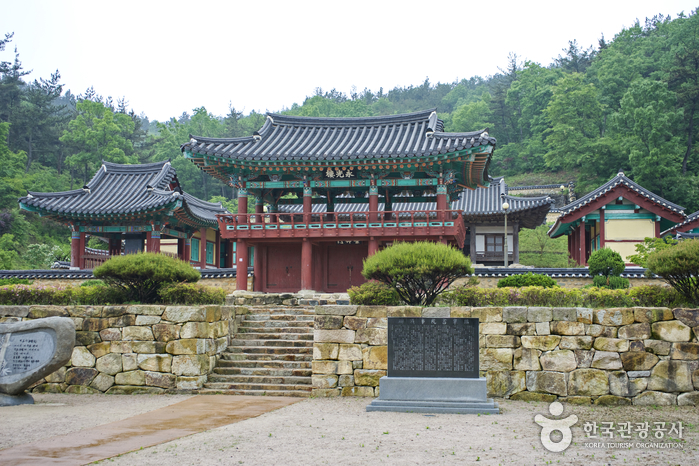
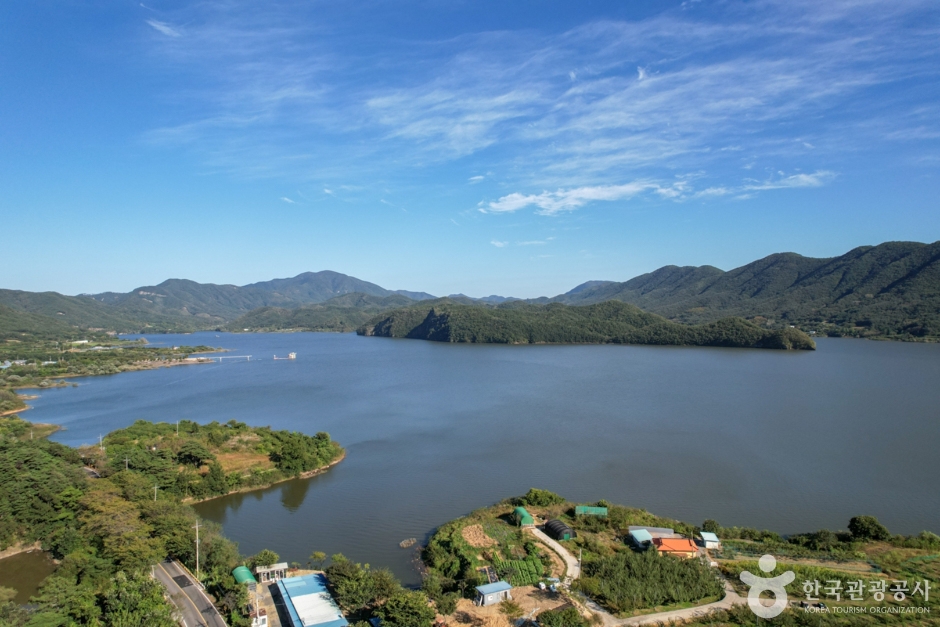
![CheongKwanJang - Yeongcheon Branch [Tax Refund Shop] (정관장 영천)](http://tong.visitkorea.or.kr/cms/resource/62/2883762_image2_1.jpg)
![E-Mart - Yeongcheon Branch [Tax Refund Shop] (이마트 영천)](http://tong.visitkorea.or.kr/cms/resource/60/2883760_image2_1.jpg)
![The Gwiae Traditional House [Korea Quality] / 귀애고택 [한국관광 품질인증]](http://tong.visitkorea.or.kr/cms/resource/84/2578084_image2_1.jpg)

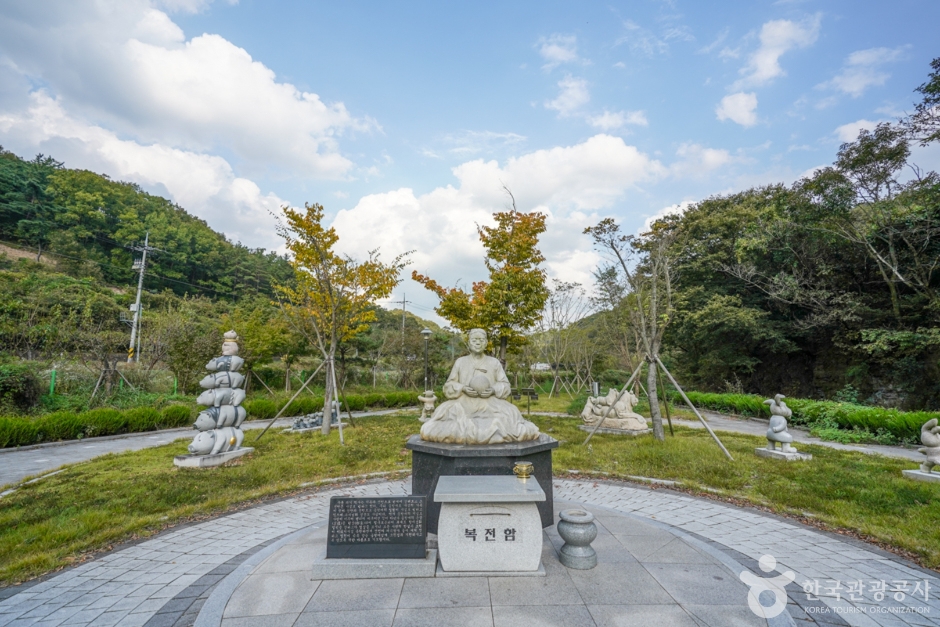
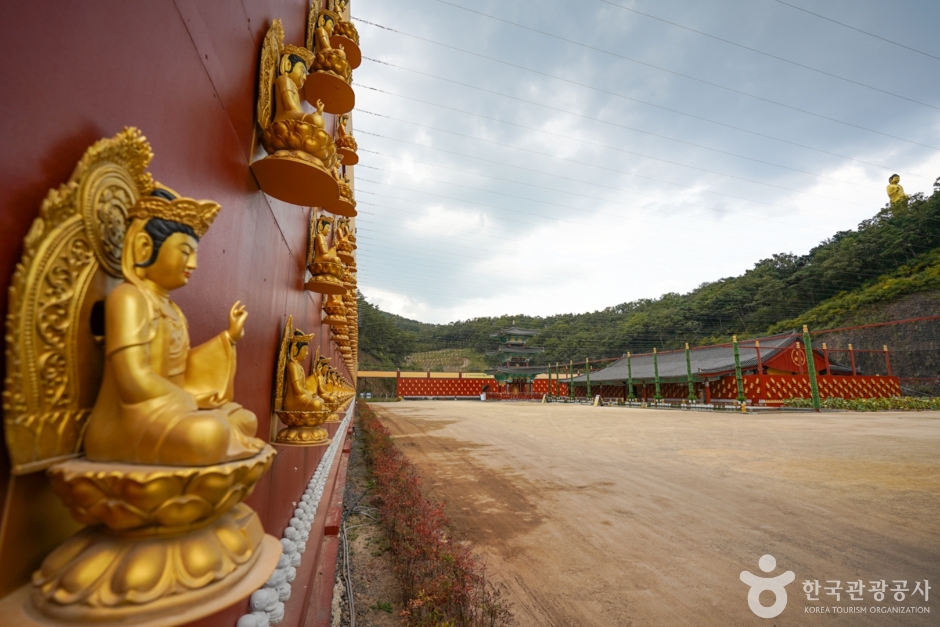
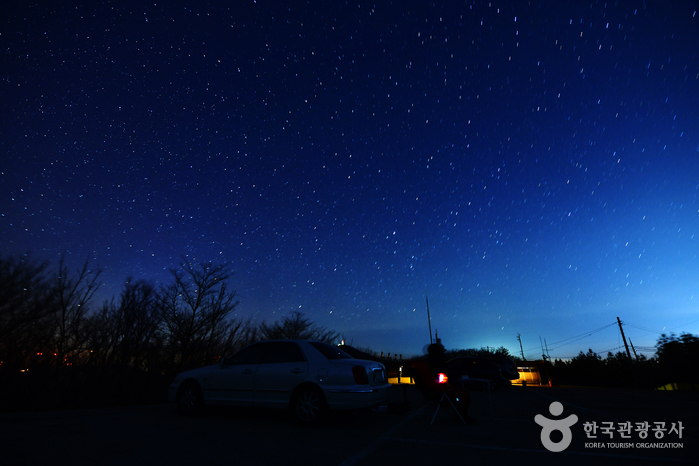
 English
English
 한국어
한국어 日本語
日本語 中文(简体)
中文(简体) Deutsch
Deutsch Français
Français Español
Español Русский
Русский